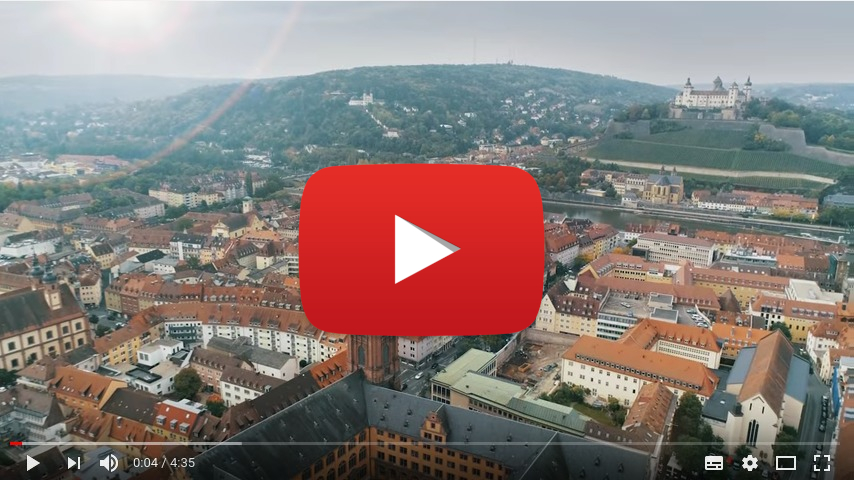Program Outline

Our faculty offers two research-focused, English language, International Master programs in the field of physics, a general Physics program and a more applications oriented Quantum Engineering program. The structures of the two programs are similar. They are two-year programs comprised of a mix of hands-on research within internationally active research teams, and specialty lectures designed to support your development as a researcher. Successful completion of either of these programs opens a gateway to both an academic and an industry career. While many of our graduates find a PhD position within our department, others decide to pursue their academic career elsewhere. Recent graduates of our Master programs have gone on to do PhDs in Stanford, Berkeley, Oxford and Cambridge, for example, or joined major international companies in different sectors, such as engineering, energy, healthcare, automobiles, finance and air carriers. In addition to their high quality, our programs are financially accessible, being entirely tuition free. Würzburg has a low cost of living as compared to other European cities.
Research Focus

The 15 chairs (involving 25 professors) at the Faculty of Physics and Astronomy in Würzburg cover a broad range of topics within condensed matter physics, particle and astrophysics, energy research, quantum- and nanooptics, optoelectronics and imaging technologies, combining experimental, theoretical and applied approaches. Publishing on average more than fifty papers in high-impact journals such as Nature, Science and Physical Review Letters per year, and about 200 in more specialized journals, we are among the outstanding European physics faculties. We collaborate with leading groups of the top universities and research institutes worldwide, such as at Cambridge, Harvard, Princeton, Stanford, Riken, the Max Planck Society and NASA.

Our research in topological and correlated solid state physics receives multimillion Euro support in federal and European funding annually and has been recognized through multiple internally prizes individual and team awards. A recent contribution of our department is the first experimental realization of a topological insulator in 2007, which paved the way to establishing one of the most exciting and dynamic fields of modern research in physics. This work has led us to be recognized as one of only a dozen physics faculties in Germany to qualify for support within the German science excellence strategy, a recognition which led to the formation of an Excellence Cluster on correlated and topological materials. We continue to conduct world leading research in this expanding field, conducting investigations on all types of topologically non-trivial and/or correlated systems, including topological insulators, Weyl semimetals and correlated Kondo materials, as well as potential Majorana materials and topological superconductors, by a coordinated effort of experimentalists and theorists.

Our expertise in material synthesis, characterization and spectroscopy as well as in theoretical prediction and modeling and in the exploration of applications, allows us a cradle-to-paper approach, all within our faculty: Materials synthesized by our molecular beam epitaxy and pulsed laser deposition groups undergo structural, optical, magnetic and quantum transport measurements and are shared with groups performing a number of spectroscopy techniques. These include angle-resolved photoemission spectroscopy, spin-polarized scanning tunneling spectroscopy, electron and nuclear spin resonance spectroscopy and resonant X-ray spectroscopy, as well as electron microscopy. Research in theoretical physics develops and employs ab-initio, field-theoretical, many-body theory, Monte-Carlo and holographic methods.
Moreover, in the research area of photonics, several groups work on selected cutting-edge topics, such as technologies for renewable energy harvesting, molecular electronics, spintronics, nano-optics and quantum communication. Also here, a materials-oriented approach and the fabrication of unique nanostructures using high-end facilities forms the foundation stone of world-wide visibility. Other areas of the electromagnetic spectrum are covered by vivid and broad research activities in the field of magnetic resonance imaging as well as application-oriented research towards advanced xray imaging techniques. A wide range of epitaxial growth equipment for inorganic and organic semiconductor heterostructures, clean room facilities, spec
We also conduct research devoted to the development of technologies for renewable energy harvesting, nano- and biophotonics, molecular electronics, quantum communication, spintronics and imaging techniques covering the spectroscopic range from radio waves (NMR) to X-rays. A wide range of epitaxial growth equipment for inorganic and organic semiconductor heterostructures, clean room facilities, spectroscopy labs and lithography are routinely used by our researchers and students.

Furthermore, our research covers theoretical and experimental particle physics, theoretical and observational astrophysics and astronomy, as well as quantum field theory and string theory. In particular, we carry out both theoretical and experimental precision analyses of the Standard Model in view of finding deviations and signals for new physics. These include for instance electroweak symmetry breaking and the properties and decay modes of the Higgs boson. Further topics include the baryon asymmetry in the Universe. Neutrino physics and dark matter are studied both from the particle physics and the astronomy point of view. In astronomy, further major topics are high-energy astronomy and the study of cosmic particle accelerators, as well as solar physics. We perform multi-wavelength observations from both space-based and ground-based observatories. Within quantum field theory and string theory, we investigate the AdS/CFT correspondence, a map between quantum field theory and gravity. We study both its fundamental implications for quantum gravity, as well as its applications to particle and condensed matter physics. We also construct maps between quantum information theory and the quantum properties of black holes using the AdS/CFT correspondence.



